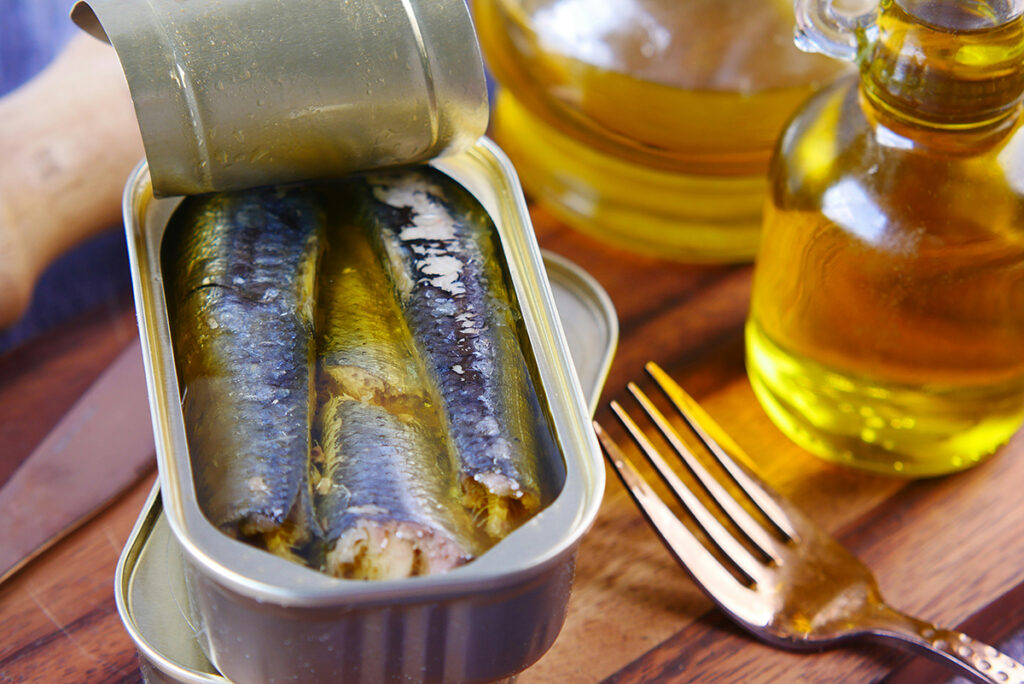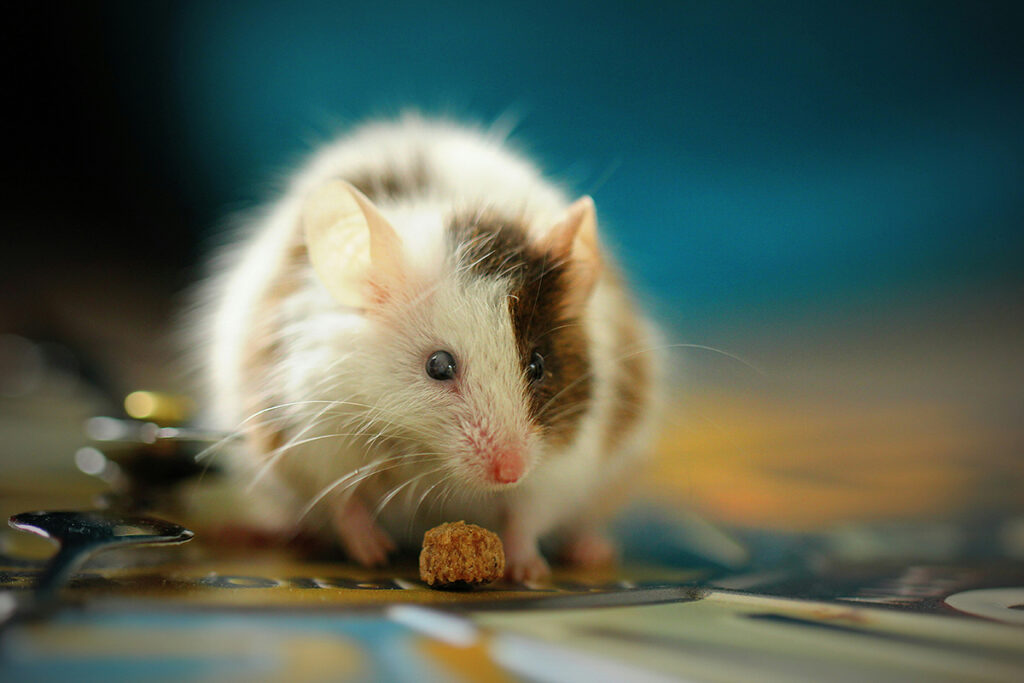The availability of food has improved the quality of life. But also because of it, food habits have changed: products that contain refined sugar and TRANS fats, but do not contain useful bacteria, dietary fiber and vitamins, have gained popularity. The use of fast food and sugar-containing beverages has led to an epidemic of obesity, especially among teenagers.
Fatty high-carb foods provoke obesity, heart disease, atherosclerosis, hypertension, and type 2 diabetes. These conditions, as well as respiratory diseases, cancer, and old age, are risk factors for severe COVID-19.
According to the Johns Hopkins coronavirus resource center, Germany, Austria, Croatia, the Czech Republic, Poland, Slovakia, the Baltic States, and German-speaking Swiss cantons have lower mortality rates from COVID – 19 than in France, Italy, Spain, and French-and Italian-speaking Swiss cantons. Bulgaria, Greece, and Romania also have low mortality rates.
Although national anti-epidemic measures and their duration influence the death rate from COVID-19, protection measures, health systems, and rules for recording deaths, eating habits also vary significantly in countries with low and high mortality rates.
In European countries with a low mortality rate from COVID-19 (Romania), in Korea and Taiwan, fresh and fermented cabbage is traditionally consumed – a product with a strong antioxidant effect.
In Bulgaria and Greece – people drink fermented milk and also have a low mortality rate.
In Turkey, where the mortality rate is also not so expressed, cabbage and fermented milk products are traditionally consumed.
Eating habits also differ within the country. In rural areas, food availability is lower. Since obesity and its consequences are risk factors for COVID-19, it can be assumed that the diet contributed to a decrease in the number of deaths in rural areas compared to cities. That is because of the lower number of deaths in the southern part of Italy compared to the northern part.
Microbiota for the immune system
The intestinal microbiota of obese people is less diverse than that of normal-weight people. In the case of obesity, the number of bacteroidetes is reduced, and the number of firmicutes is increased.
Studies on mice have shown that the use of probiotics and dietary fiber increases the number of beneficial bacteria, reduces food intake, increases the intestinal barrier function, accelerates metabolism, and contributes to weight loss.
Probiotics inhibit the development of type 2 diabetes, reduce the growth of tumors, reduce the manifestations of cardiovascular diseases, and reduce the production of inflammatory molecules.
If probiotics are live beneficial bacteria, then dietary fiber (prebiotics) is the product that these bacteria process. Dietary fiber is found in bran, cereals, legumes, vegetables, roots, herbs, fruits, berries, nuts, and mushrooms. The source of live beneficial bacteria is traditional fermented milk products: kefir, natural yogurt, ayran, and others. The use of probiotics and prebiotics restores the intestinal microflora, which forms antiviral protection.
In the processing of the prebiotic by intestinal, bacterias produce short-chain fatty acids. These acids increase the growth of beneficial bacteria and suppress pathogens, maintain intestinal integrity, reduce inflammation, and regulate the strength and duration of the immune response.
A study in mice demonstrated that the intestinal microbiota protects against the flu virus. The mice were given an antibiotic and then infected with the flu. The antibiotic destroyed the microbiota. In mice that took the antibiotic, the level of interferon-stimulated genes (ISG), which fight the virus in the infected and neighboring cells, decreased. The mice became more sensitive to the flu virus. The microbiota of the mice was restored by the method of fecal transplantation. The microbiota has created antiviral protection. It also has protected lung cells from damage and increased resistance to the flu virus.
Prevention of aging
Aging is the leading risk factor for developing chronic diseases of organs and systems and one of the risk factors for severe COVID-19.
The cause of age-related diseases is the accumulation of cellular damage and a decrease in the activity of the pathways of the protective response to stress. That leads to inflammatory reactions and oxidative stress.
During cellular aging, cell division worsens, inflammatory molecules are released, and the production of reactive oxygen species (ROS) increases. Cells are damaged and stop performing their functions.
The deterioration of the antiviral response plays an essential role in the aging process. A SARS-CoV study on macaques found that older macaques had a more robust inflammatory response and lung damage. At the same time, the antiviral interferon response was weaker than in young people.
Polyphenols are biologically active compounds with an anti-aging effect. Polyphenols have anti-inflammatory and antioxidant activity. They protect against cardiovascular diseases, improve mitochondrial function and autophagy, reduce oxidative stress and cellular aging of blood vessels.
Usually, berries are used for the research of antioxidant properties: blackberries, raspberries, strawberries, blueberries, and grapes, as well as fruits: citrus fruits, pomegranates, apples. These products are rich in polyphenols. But polyphenols are also found in purple potatoes, cabbage, beets, onions, and olive oil. Eating purple potatoes can be useful for arterial stiffness, an indicator of heart disease. All fruits, vegetables, and olive oil reduce “bad” cholesterol, protect blood vessels, reduce the production of inflammatory molecules, and increase antioxidant capacity.
Another traditional antioxidant product is kimchi. Kimchi – is a traditional side dish of pickled Napa cabbage or of various vegetable roots. In Korea, cabbage is fermented with hot chili pepper, sweet potatoes, mustard leaves, radishes, radishes, pumpkin, eggplant, cucumber, onion and garlic, as well as various herbs.
Fermented cabbage resists obesity, has anti-atherosclerotic, antioxidant and antitumor properties. It protects against cardiovascular and neurodegenerative diseases.
The properties of kimchi were studied on rats. The rats were fed food high in fat and cholesterol, but kimchi was added to the diet. Fermented cabbage reduced total serum cholesterol, triglycerides, low-density lipoproteins, atherogenicity index, heart risk factor, levels of triglycerides. Total cholesterol in the liver and adipose tissue of the epididymis has also been decreased.
A study in mice showed that kimchi slows down the aging of brain cells, reducing the formation of reactive oxygen species and increasing the activity of antioxidant enzymes.
Also, the anti-aging effect of probiotics with lactic acid bacteria was studied in mice. Aging mice were given a probiotic for 12 weeks. In mice, the production of short-chain fatty acids increased, cell death slowed, brain damage decreased, and learning and memory improved.
Another antioxidant substance is resveratrol. Resveratrol is found in grapes, mulberries, rhubarb, and peanuts. It is useful for the prevention of chronic diseases associated with inflammation: obesity, cardiovascular diseases, diabetes, cancer, and neurodegeneration. Resveratrol regulates the immune system by affecting the synthesis of Pro-inflammatory cytokines and gene expression.
Studies on rodents have shown that resveratrol has an immunomodulatory effect. In rodents, resveratrol reduced inflammatory reactions in peritonitis, reversed immune aging in old rats, and improved the immune system anti-cancer activity.
Resveratrol removes reactive oxygen species and is involved in the activation of macrophages, T-cells, and natural killer cells (NK). It participates in the activation of many anti-inflammatory pathways and reduces the production of cytokines from inactivated immune cells.
Research has shown that resveratrol suppresses MERS-CoV infection and increases cell survival. Resveratrol treatment reduces the nucleocapsid protein expression, which is necessary for MERS-CoV replication.
Many factors play a role in the spread and severity of COVID-19: anti-epidemic measures, hygiene, rapid organization and adaptation of hospitals, and the level of health care. But no less important is the immunity of the population, which, among other things, supports a healthy diet.
Sources
- Is diet partly responsible for differences in COVID-19 death rates between and within countries?
- Influence of Resveratrol on the Immune Response
- Effective inhibition of MERS-CoV infection by resveratrol
- Protective role of polyphenols against vascular inflammation, aging and cardiovascular disease
- Kimchi and other widely consumed traditional fermented foods of korea: a review



